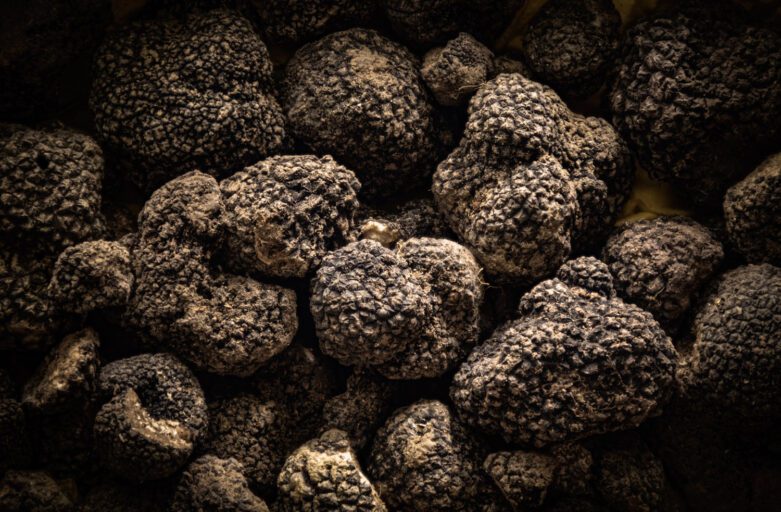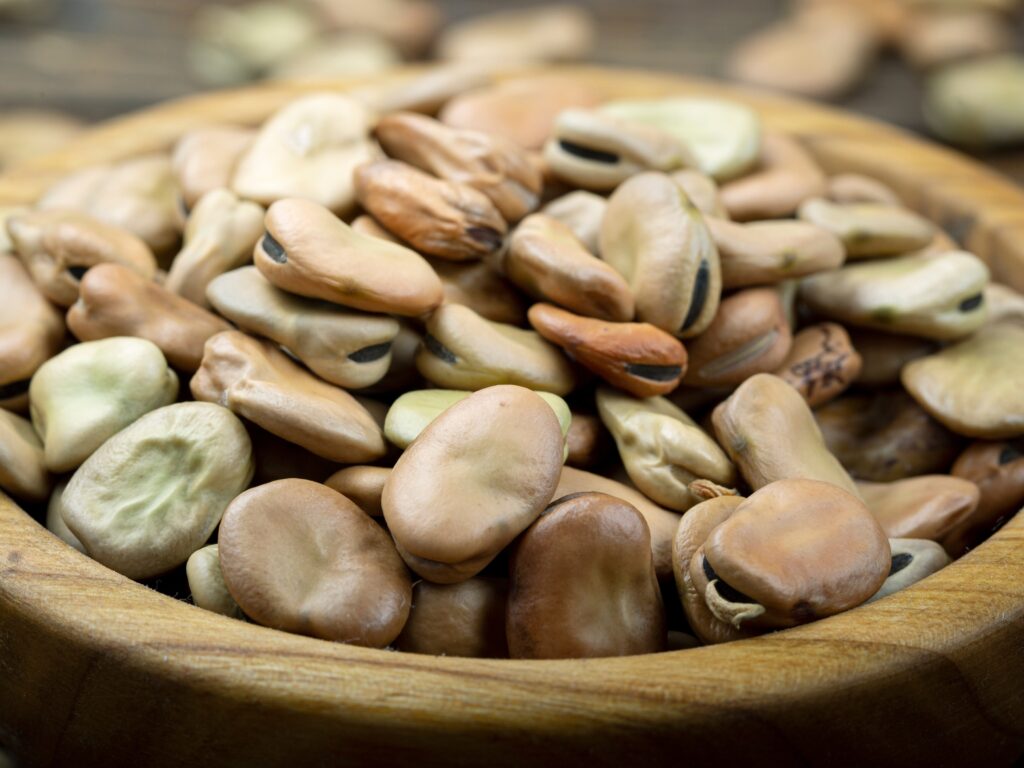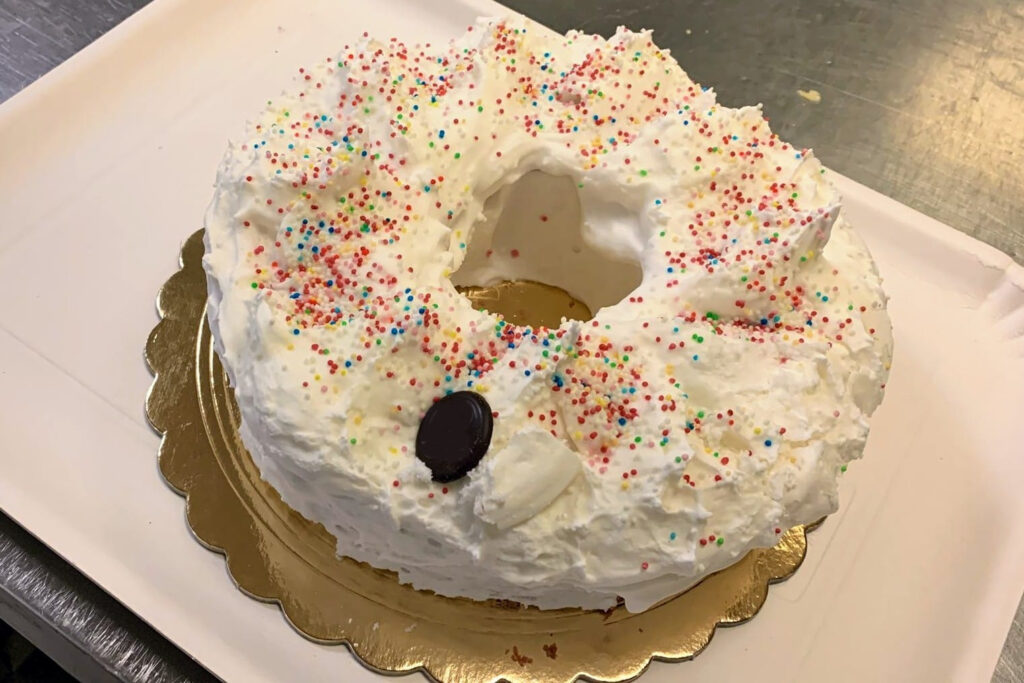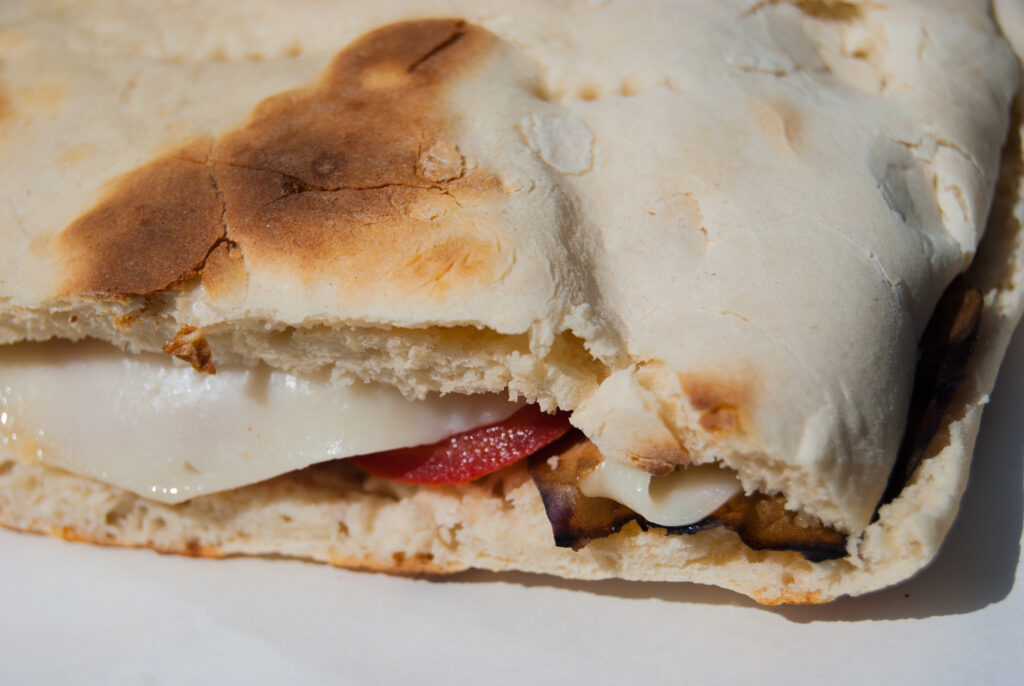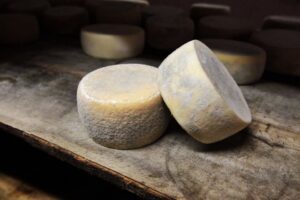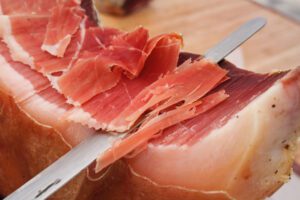Umbria, as well as being known for its Medieval villages and ancient rural traditions, is famous for a black and scented stone jealously guarded in the soil: truffle. It is also called “il re della tavola” (the king of the table) or “il diamante nero della cucina” (the black diamond of the kitchen) and it is considered a Prodotto Agroalimentare Tradizionale (PAT) (Traditional Agricultural Product) by the Ministry of Agricultural, Food and Forestry Policies.
The word truffle derives from “territùfru”, an adaptation in vernacular of the Latin word terrae tufer which means tuber of the earth. Although truffle was already known during the Greek and the Roman period, theories on the origin of the tuber were still very confused. According to Plutarch, truffle took its origin from a mixture of water, warmth and lightning; the poet Juvenal believed that the truffle came from a lightning bolt thrown by Jupiter. The consumption of truffle decreased during the Middle Ages because it was linked to witches, so considered poisoned food. Only in 1564 did the precious ingredient reappear on the table of Renaissance lords, thanks to the first monography entitled: Opuscolum de Tuberibus, written by the Umbrian doctor Alfonso Ceccarelli, in which the author collected descriptions of Greek and Roman naturalists and various historical anecdotes on this product.
Typologies and culinary uses
Truffle is a type of hypogeous mushroom, is born and grows underground near the roots of some types of trees typical of the Umbrian territory, in particular oaks, hazelnut trees, poplars and lindens. Truffle connects with the hosting tree through netted fibres that allow an exchange of water, nutrients and mineral salts. There are different varieties of truffles in Umbria, but the most widespread is the Fine Black Truffle or called truffle of Norcia. It is possible to find it from November until March beside the Nera River area, on the mountains near Spoleto, Trevi and on the Subasio Mountain; all areas characterised by calcareous soil, rich in clay, where it is possible to find typologies of trees adapt to the growth of the tuber. Less common, but even finer, is white truffle variety. It is possible to find it in the calcareous soils beside the Tiber and in the areas of Gubbio, Orvieto, Città di Castello and Gualdo Tadino.
Regarding the culinary use of the truffle, it can be combined with every type of dish. In combination with the first courses, such as umbricelli (a thick, hand-rolled pasta) or gnocchi, or with main courses, such as pork fillet or crostoni (slices of toasted bread) with eggs, the truffle represents an essential product in the Umbrian cuisine.
Vivi l’Umbria insieme ai suoi protagonisti
Percorsi ed esperienze da scoprire per un’immersione nella cultura, nella natura e nei sapori umbri
